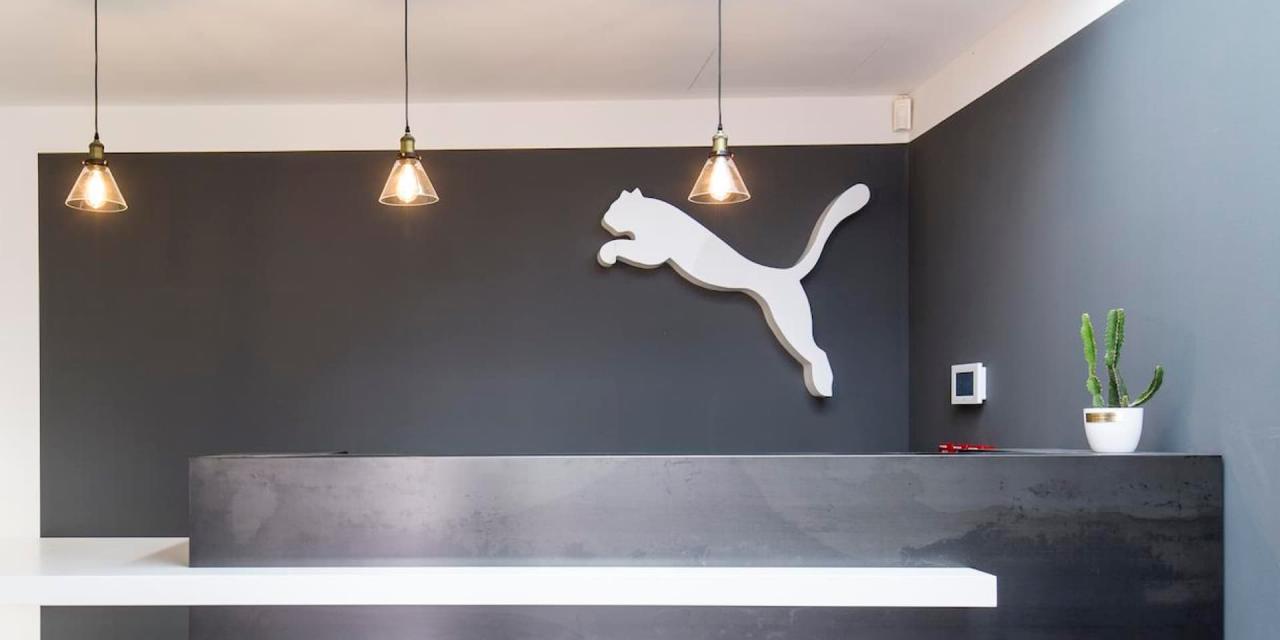
Category Expansion will encompass growth in existing business as well as entry into categories that are new to PUMA. In general, the company will take a multi-dimensional approach to category expansion, driving growth by making strong pushes across the full spectrum of sportlifestyle, from performance to fashion.
In addition to adding depth to PUMA via existing and new categories, the company will also add breadth by accelerating its Regional Expansion.
Regional expansion is planned to occur in markets that are currently run by PUMA as well as through several selective joint ventures and takebacks of its licensed business in its core segments. Management intends to start its regional expansion with majority owned Joint Ventures together with its current license partners in Japan (apparel business), China/Hong Kong and Taiwan China as well as fully owned subsidiaries in India and Dubai for the Middle East region, all of which are planned to be operational as of 1st of January 2006.
Phase IV will also be the first time that the company looks to selectively expand with brands other than PUMA. Towards the end of Phase IV, Non-PUMA brands could contribute up to 10% of overall business.
From today’s point of view, management now defines the long term Company Potential at €3.5 billion, of which the company is planning to capture a significant part in the coming five years.
The company will finance the expansion plan through its strong cash position and future cashflow generation, with an estimated total additional investment of up to €500 million over the next 5 years.
The company also intends to distribute a significant amount to its shareholders. PUMA is planning to gradually increase its dividend payout ratio from currently 6% to between 20% and 25%.
In addition, PUMA intends to increase its share buy back activities. PUMA now intends to fully utilize the total authorized repurchase program of up to 10% of share capital. Therefore, the current resolution of up to 800,000 shares will be extended to up to 1.6 million shares. The management considers an investment in PUMA’s shares to be in the company’s best interest while also ensuring flexible management of the company’s capital requirements. Hence, a total of up to an additional €500 million is now scheduled to be distributed to shareholders through a gradual increase in the dividend payout ratio as well as share buy-backs.
Phase IV Guidance
PUMA will kick-off Phase IV in the World Cup year 2006, which will be marked by a significant increase of brand investments, in particular into marketing, sales (including own retail) as well as product development and design.
Management is targeting double-digit annual sales growth, starting at between 20-30% in 2006, and continuing with double-digit average growth over the following four years. PUMA is also expecting to sustain an industry-leading gross profit margin of approximately 48% in the long run, with a 50-51% margin in 2006 and declining 0.5% annually, with the change from today’s levels primarily due to category and product mix, as well as the shift that is expected through the regional expansion. Due to the plan to reinvest parts of the strong profitability to kick start Phase IV, EBIT should initially decline to between 300 and 330 million in 2006, and should boost 2007 to a new record EBIT level, followed by a double digit average growth thereafter.
While absolute profits will be rising in the double-digits, the regional expansion should lower the EBIT margin as a large part of the royalty income will no longer be consolidated without it’s corresponding sales as well as due to regional sales percentages shifting. Therefore, EBIT margin is expected between 13% and 15% in 2006 and around 15% thereafter.
With an anticipated tax rate in a range of 30 – 33% and minority interest in a range between 0.5 and 1% of sales, net earnings should come in between 210 and 230 million in 2006, with double-digit growth in the following years.
As investments and share buybacks should be more significant in the beginning of Phase IV, PUMA expects the current net cash position to decline initially and later to gradually build up to be available for non-PUMA brand acquisitions and/or additional share buy backs beyond the new resolution.
Overall, in Phase IV PUMA anticipates achieving a high rate of return on investment as well as the creation of significant shareholder value.
PUMA further announces a change in the board of management. Ulrich Heyd, who has been a PUMA board member in charge of legal affairs and worldwide licensees for over 20 years and who has served the company for over 30 years, has decided to retire at the end of this year. Dieter Bock, member of the Group Executive Committee who has been with PUMA since 1979, will join the board of management with immediate effect, and will be in charge of PUMA Finance.
Jochen Zeitz, CEO: “At year end 2005, all set targets for Phase III should be reached or significantly surpassed. With our strong first-half performance and the successful close of Phase III, we now turn our focus to Phase IV of our strategic plan in which we are targeting to firmly establish PUMA as one of the top 3 brands in the global sporting goods market with the long term mission of becoming the most desirable sportlifestyle company.”